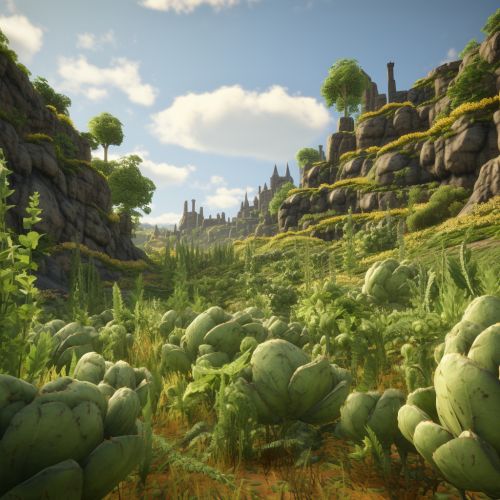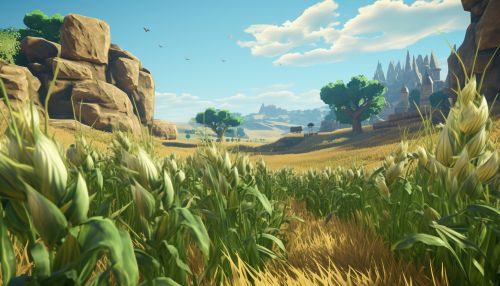Mechanisms of Pathogen Resistance in Ancient Crops
Introduction
Pathogen resistance in ancient crops is a fascinating area of study that explores the mechanisms by which ancient crop varieties have evolved to resist various pathogenic organisms. This resistance has been crucial in ensuring the survival and propagation of these crops over centuries, despite the constant threat of disease and infection. The study of these mechanisms can provide valuable insights into the development of modern crop varieties and strategies for sustainable agriculture.
Mechanisms of Pathogen Resistance
Ancient crops have developed a variety of mechanisms to resist pathogenic organisms. These mechanisms can be broadly classified into two categories: physical and biochemical.
Physical Resistance
Physical resistance involves the structural features of the plant that prevent or limit the entry and spread of pathogens. This includes the development of thick cell walls, the production of waxy cuticles, and the formation of physical barriers such as hair-like structures or bark.


Biochemical Resistance
Biochemical resistance involves the production of certain chemicals by the plant that inhibit the growth or activity of pathogens. This includes the production of antimicrobial compounds, the induction of systemic acquired resistance (SAR), and the activation of various defense responses.
Evolution of Pathogen Resistance
The evolution of pathogen resistance in ancient crops is a complex process that involves the interaction of various genetic and environmental factors. This process is driven by the constant pressure exerted by pathogens, leading to the selection of resistant varieties through natural selection.
Genetic Factors
Genetic factors play a crucial role in the evolution of pathogen resistance. This includes the presence of resistance genes (R genes) that encode for proteins involved in the recognition of pathogens and the activation of defense responses.
Environmental Factors
Environmental factors also influence the evolution of pathogen resistance. This includes the presence of specific pathogens in the environment, the intensity of pathogen pressure, and the availability of resources for the plant.
Implications for Modern Agriculture
The study of pathogen resistance in ancient crops has important implications for modern agriculture. This includes the development of disease-resistant crop varieties, the design of sustainable agricultural practices, and the conservation of agricultural biodiversity.
Development of Disease-Resistant Varieties
The identification and characterization of resistance genes in ancient crops can aid in the development of disease-resistant varieties of modern crops. This can be achieved through traditional breeding methods or through genetic engineering.
Design of Sustainable Agricultural Practices
The understanding of the mechanisms of pathogen resistance in ancient crops can also inform the design of sustainable agricultural practices. This includes the use of crop rotation, intercropping, and organic farming practices to enhance the natural resistance of crops to pathogens.
Conservation of Agricultural Biodiversity
Finally, the study of pathogen resistance in ancient crops underscores the importance of conserving agricultural biodiversity. This diversity is a valuable resource for the development of disease-resistant varieties and for the resilience of agricultural systems in the face of changing environmental conditions and emerging diseases.
